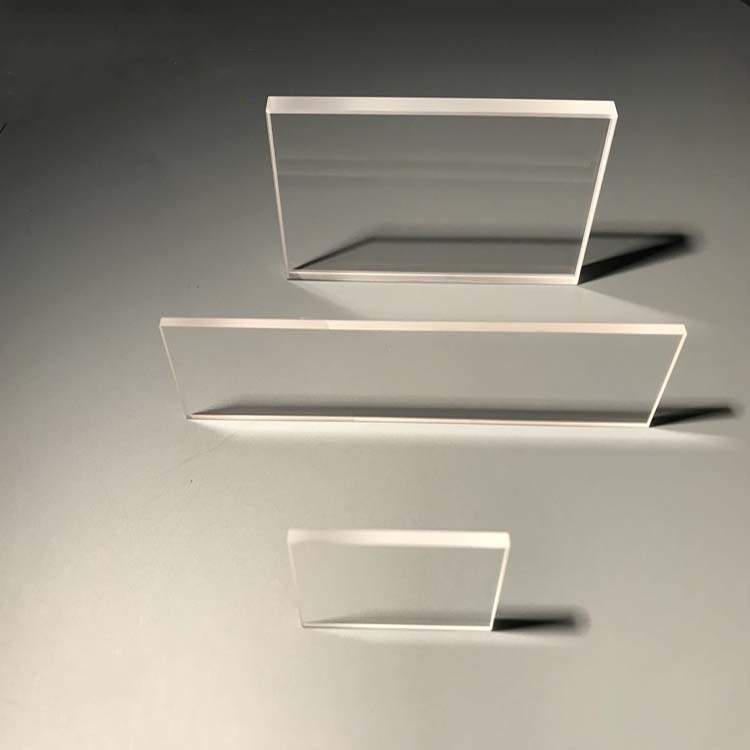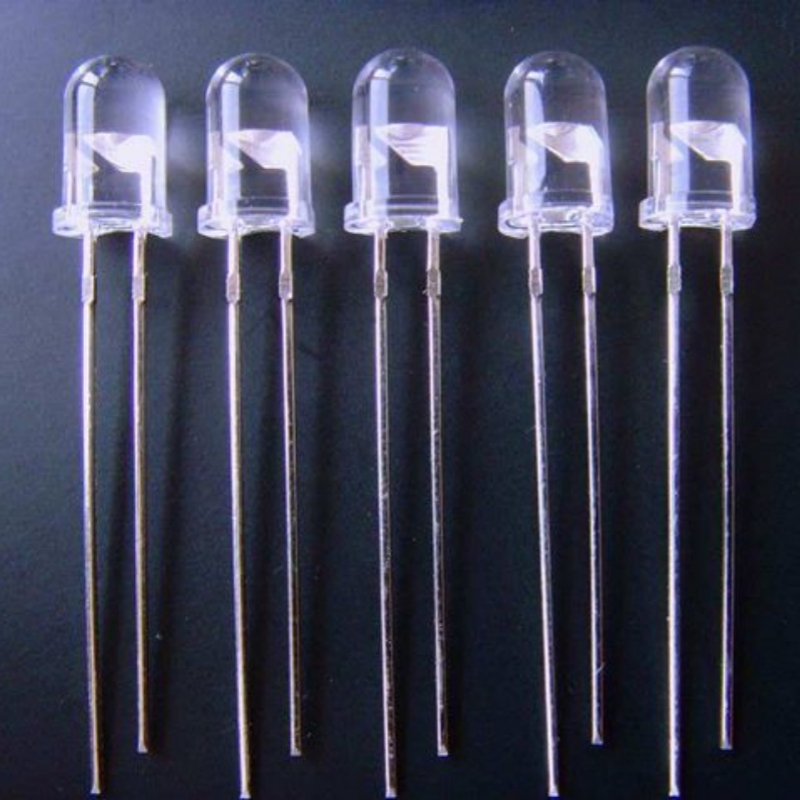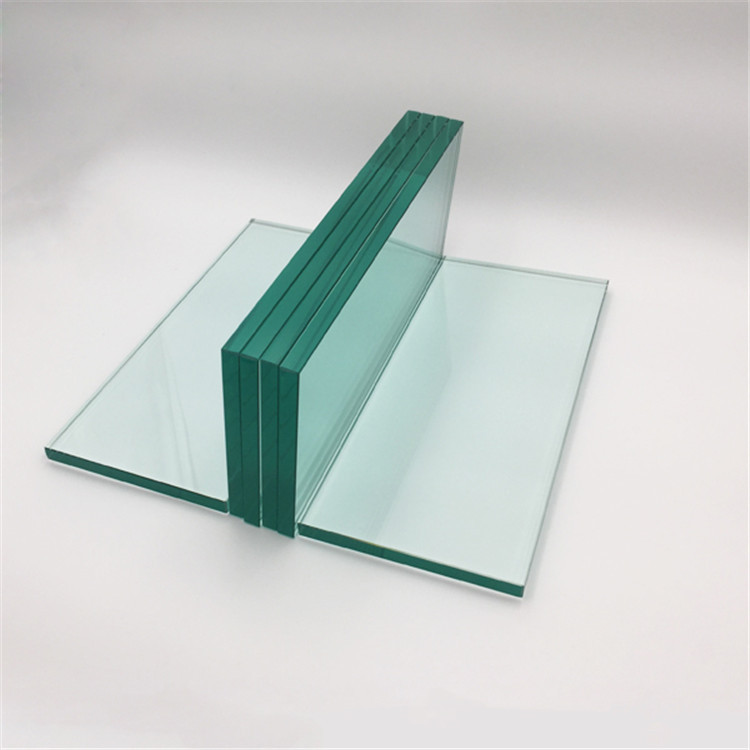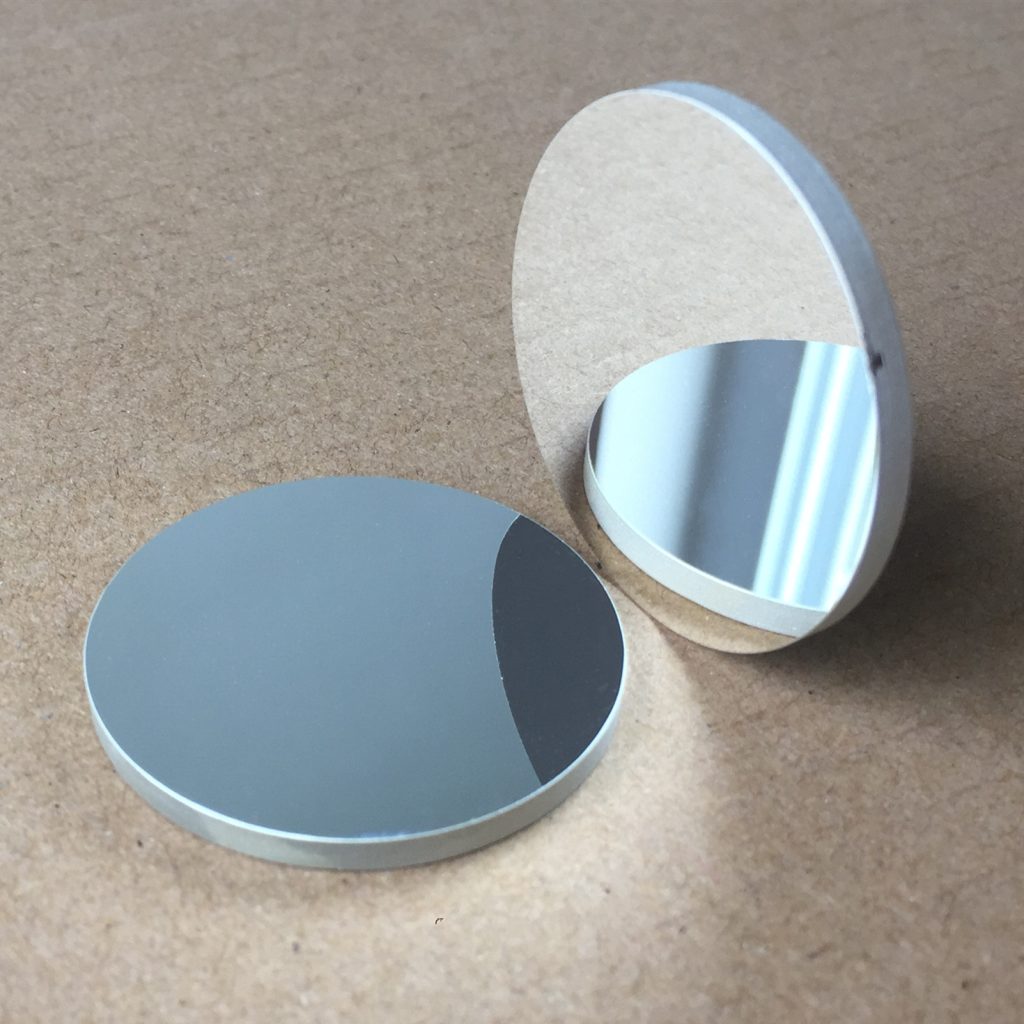Potassium bismuth titanate (K₂NaBi₄TiO₁₃) exhibits superior piezoelectric properties, optimized dielectric behavior, and excellent thermal stability. Designed for electronic applications, it ensures high-efficiency energy conversion, extended durability, and reliable functionality in advanced systems.
Product Overview
Potassium Bismuth Titanate (K₂NaBi₄TiO₁₃) is a composite oxide material with a perovskite structure, widely used in the electronic ceramics field. It holds significant value in the research and application of capacitors and ferroelectric materials. Composed of potassium, sodium, bismuth, and titanium, this material combines the advantageous properties of various chemical elements, offering excellent dielectric and ferroelectric properties. It also demonstrates good thermal stability, making it suitable for high-frequency and high-temperature environments.
Features
- Excellent Dielectric Properties: Potassium Bismuth Titanate has a high dielectric constant and low dielectric loss, making it ideal for applications requiring efficient energy transfer.
- Good Ferroelectricity: This material exhibits noticeable ferroelectricity, enabling polarization responses under an electric field, making it suitable for high-performance capacitors and sensors.
- High-Temperature Stability: The material maintains its stability at high temperatures, making it suitable for high-temperature applications.
- Strong Chemical Stability: It possesses strong chemical stability, resisting the effects of various environmental factors.
- Versatile Performance: Exhibits good performance and durability under different temperature and electric field conditions.
Applications
- Capacitors: Widely used in the manufacture of high-performance ceramic capacitors, especially for energy storage in high-frequency and high-temperature environments.
- Ferroelectric Materials: Used in ferroelectric devices such as sensors, actuators, and storage components.
- High-Temperature Electronic Components: Suitable for electronic components and devices that need to operate stably in high-temperature environments.
- Microwave Technology: Used as a microwave dielectric material, it is widely applied in high-frequency signal transmission and modulation.
- New Energy Technologies: Serves as a key capacitor material in energy storage and conversion devices.
Submit Your RequirementsWe will contact you within 24 hours.
 WOBO Scientific Research New Materials One-Stop Service Platform
WOBO Scientific Research New Materials One-Stop Service Platform











